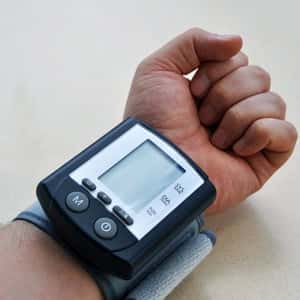
Home blood pressure monitoring with web-based follow-up was more effective than usual treatment in helping people lower their high blood pressure. The 6-month study was conducted on nearly 350 patients whose initial blood pressure was at least 140/90 while taking three or fewer medications.
The people randomized to usual care were told their blood pressure was high, given written information on diet and exercise to lower blood pressure and advised to see their primary doctor, who monitored their blood pressure and their anti-hypertensive medications. Those randomized to home monitoring had to take their blood pressure three times a week and post it to a (now defunct) web-based tracking tool, Heart 360. This allowed participants to see their own progress.
Pharmacists monitored the postings and adjusted the dose of the medications if necessary. People who forgot to upload their readings got reminder calls. At six months, the average blood pressure among the home monitoring group was 128/79. Those seeing their doctors for usual care had an average reading of 137/83. Patients with diabetes or chronic kidney disease got the greatest benefit from the home monitoring program. Many more of them were able to meet their own blood pressure goals.
[Circulation: Cardiovascular Quality and Outcomes, online, March 5, 2013]

